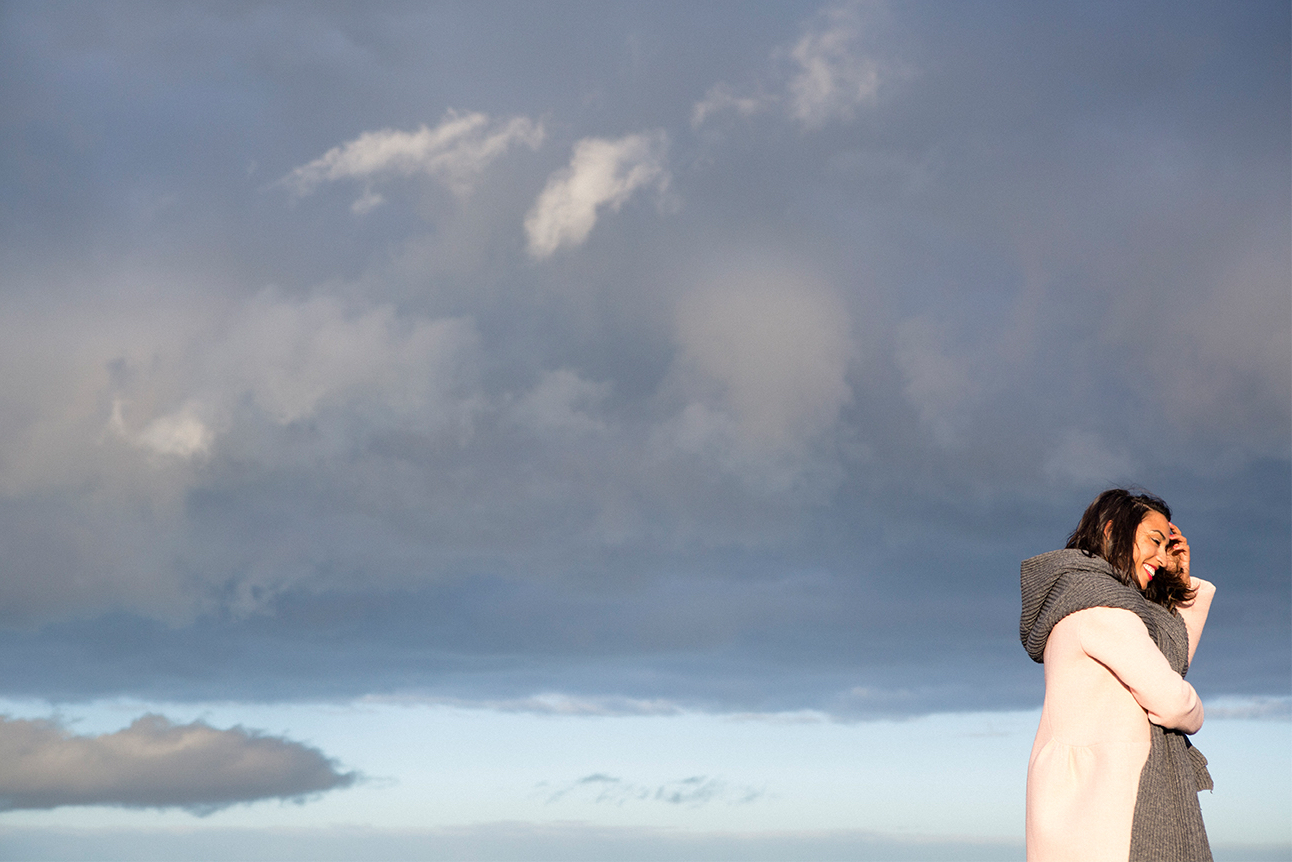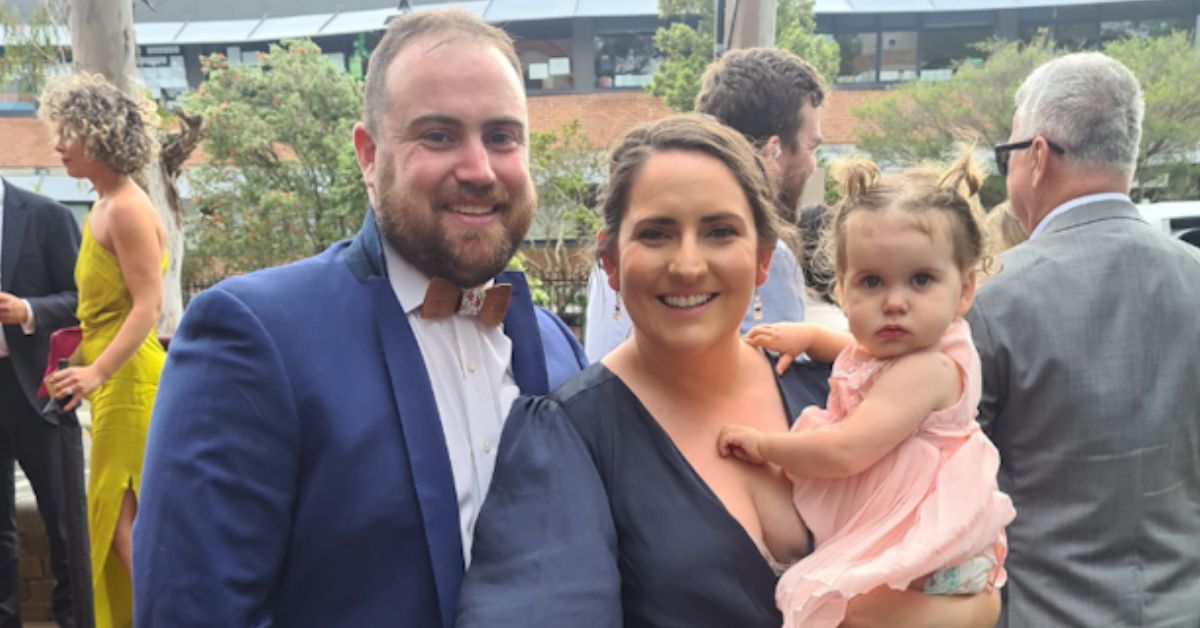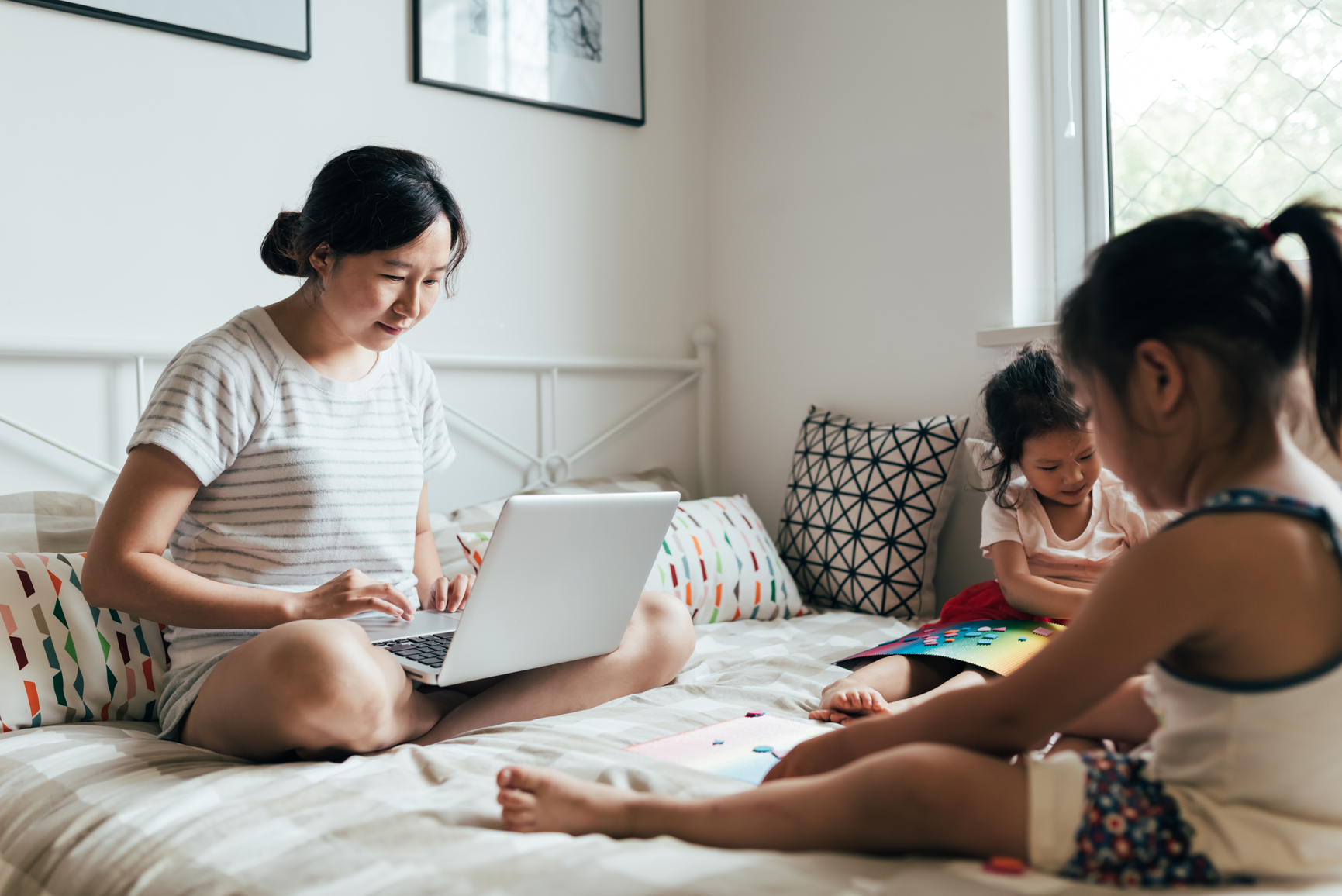To see feminism only through the lens of white, middle-class, able-bodied and cisgendered women is to leave our sisters to fight the compounding factors of oppression – race, sex, gender and disability – alone. As a society, we must ensure our gender inclusion policies and practices are made with those who can give voice to the lived experiences of all our sisters.
Here, Dr. Emma Fulu, shares both her expertise and lived experience of intersectional feminism.
What is intersectional feminism?
Intersectional feminism is an approach, or a way of seeing and understanding how the different dimensions of people’s lives – their gender, race, sexual identity, class, ability – interact and relate to shape their experiences of discrimination. Intersectionality isn’t a theory of difference, it is a theory of oppression and power.
However, I think a lot of people tend to view intersectional feminism in quite a basic way that simply layers different forms of oppression on top of each other – a black, lesbian woman has a triple-level of disadvantage. It’s important to consider how any individual might have lived through and confronted multiple and varying forms of oppression. But what is really powerful about intersectional feminism is the way that it starts to tease out how all these forms of bigotry – sexism, racism, classism, ableism – are connected, systemic and in fact, disadvantage all of us in different ways. When you consider it that way, it’s not just about working out who is the most marginalised, but about forging bonds between individuals and across movements to create change.
Intersectional feminism in practice requires us all to work to better to understand each other, to recognise our own areas of privilege and to actively work to dismantle systems of oppression.
What is it about intersectional feminism that first resonated with you as a young woman of colour?
When I was first introduced to feminism, in an academic sense, it was a 1970s western version of feminism. The nature of white supremacy is such that “whiteness” is paraded as the norm and is unquestioned. And the feminism I first learnt about was, by default, “white”. But, growing up I experienced more overt racism than I experienced overt sexism, so that definition of feminism didn’t resonate with me.
It defined gender as the primary cause of oppression. But in reality, we all have multiple identities and they are intertwined. I couldn’t disentangle my experience as a woman from my experience as a woman of colour. So when I discovered, what at the time was being called black feminism, or third world feminism, that spoke to me. Now intersectional feminism has progressed even further and is integrating a much more holistic understanding of our experiences as complex and diverse human beings.
In Australia, the focus of gender equality is often on the middle-class, able-bodied, white woman. How can we better account for the intersection of privilege and oppression that impacts every woman’s freedom?
It is not simply about how we account for these issues of intersectionality through our discourse, but how do we all act to ensure that the full variety of voices are present, engaged and able to create and contribute to the public discourse on their own terms. There is a lot to be done in Australia to add to the voices that get heard in our public and cultural spheres. To get there, we need the people who work in media, curate events, lecture at universities to actively think about who is present at the table.
The same goes for government policy. There is great work being done to address intersectionality, as well as great new resources like Our Watch’s Changing the story: preventing violence against Aboriginal and Torres Strait Islander women. But there is still a culture in policy making where Aboriginal and Torres Strait Islander women or women from culturally and linguistically diverse backgrounds, or women with disabilities are seen as bodies to be consulted with as a tick-box exercise. They are not always involved or supported in the initial design and development of policies and programs. There needs to be a shift in whose voices are involved in setting the agenda, rather than simply accounting for intersectionality.
Furthermore, while there might be an attempt to understand and account for the individual experiences of people from diverse backgrounds, there is much less being done to tackle the deep-rooted systems of discrimination and oppression, including our history of colonisation. Until we do that I don’t think we will see real change.
What impact does a lack of focus on intersectional feminism have on policy, funding and access to resources for women living with violence?
A lack of focus on intersectional feminism unfortunately means that people who need the resources the most aren’t receiving them. For example, Aboriginal and Torres Strait Islander women experience violence at higher rates than non-Indigenous women, and are 32 times more likely to be hospitalised as a result of family violence-related assaults than non-Indigenous women.
The national rate of imprisonment is 15 times higher for Aboriginal and Torres Strait Islander people and Aboriginal and Torres Strait Islander women comprise 34% of women behind bars, while only making up 2% of the adult female Australian population. In prison, these women, and people, are not getting the help they need and are dying every day and yet, this is overlooked and undermined again and again.
Also, it means that the types of programs and policies being developed are not as effective as they could be because they are not addressing the multiple and complex causes of violence for different groups of people.
Our report, Preventing and Responding to Violence: Taking an intersectional approach to address violence in diverse Australian communities, provides snapshots of how violence is experienced differently by various groups within our community, depending on their culture, ethnicity, age, faith etc. There are a number of specific actions that must be taken, but in an overarching sense we need policies and programs that address inequality, discrimination and abuse across societal, community and individual levels. Our efforts also need to be tailored to reflect the different ways that social norms, structures and practices vary between and within communities.
Our Watch’s work has shown there are three key drivers of violence against Aboriginal and Torres Strait Islander women that need to be considered and implemented across a range of portfolio areas:
We must address the legacies and ongoing impacts of colonisation for Aboriginal and Torres Strait Islander people. This include
s strengthening justice and support systems for ATSI families.We must also address the ongoing impacts of colonisation for non-indigenous people across Australian societies. This includes challenging all forms of racism and disrespect towards Aboriginal and Torres Strait Islander cultures.
We must address the gendered drivers of violence against Aboriginal and Torres Strait Islander women, which amongst other things means supporting ATSI women’s participation in leadership and decision-making.
Women of colour in the workforce face a ‘double jeopardy’. The stereotypes that surround both women and people of colour are often mutually exclusive to how we define what it means to be a good worker. What can workplaces do to ensure that the potential of women of colour isn’t limited by overt discrimination and unconscious bias?
Businesses should recognise that diversity is a strength. Companies with diverse teams consistently outperform homogenous teams when managed well. Businesses can do more than just avoid overt discrimination and unconscious bias. We must recognise that certain groups of people have had fewer opportunities because of discrimination and we need to proactively work to balance out the wrongs of the past.
To promote long-term, sustainable change, businesses need to undertake research to understand their culture and the unconscious biases that are playing out in their workplaces, and then develop tailored policies, training and workshops to address them. Unfortunately, one-off online training modules or workshops do not work. Some actions they might consider include:
Training on cultural competency and cross-cultural communication
Training to address unconscious biases
Promoting flexible work arrangements
Setting targets and closely monitoring progress
Disrupting traditional recruitment processes and reaching out through non-traditional avenues
Taking complaints seriously, and implementing transparent and responsive mechanisms to address instances of discrimination no matter how small, in order to create a safe and respectful workplace for all
As we understand more about intersectional feminism, women who experience significant privileges are increasingly looking to our sisters, whether they be Indigenous, disabled, of a refugee background or living in the global south, and wondering how we can use our resources to better support these women. How can we advocate for our sisters, whilst ensuring that we don’t enforce our own cultural norms, judgement of ‘what is best’, and values onto them?
I think our first job is to educate ourselves as much as possible about other people’s experiences and not always put the onus on those who are less privileged to educate us. Take some time to reflect on your own beliefs, attitudes, unconscious bias and gaps in knowledge.
Second, I think our role is to listen, and use our own privilege to create spaces for our sisters to share their own stories and articulate their own needs. Always question whose voices are missing from the conversation.
Then we have a responsibility to act, to actively work to challenge the unequal system we live in. Use your privilege to challenge racism, sexism and other forms of discrimination whenever you see it. If you are in a position to hire people, actively try to recruit indigenous women, refugee women or women from the global South.
Dr Emma Fulu is the founder of the Equality Institute, a global feminist research and creative agency focused on building the right evidence to prevent violence against women, making it accessible to anyone who wants to be a part of that movement and conversation. For more information, visit The Equality Institute.




